What is the appropriate thickness of hand-made coffee powder? How to judge whether the degree of coffee grinding is correct?
The degree of grinding has always been a parameter that is difficult to express in words. When we talk about the degree of coffee grinding, we generally use visual analogy and scale reference method, including the screen calibration method used in the front street, which actually has some limitations.
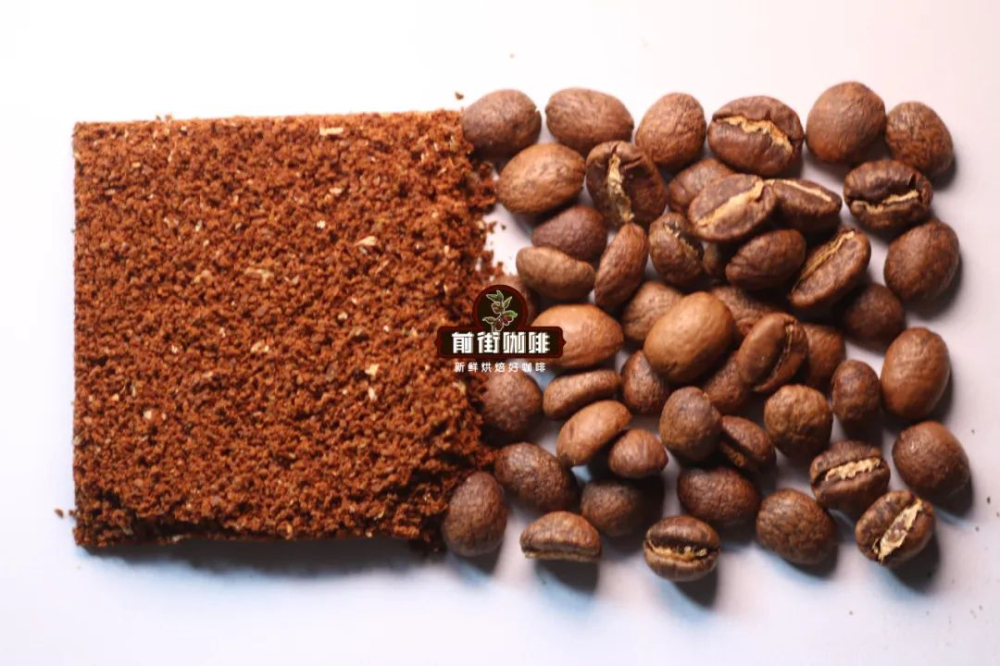
Visual analogy, that is, we often talk about the size of coarse sugar and fine sugar. Use some common objects to compare the grinding fineness of coffee. But this is the most unreliable way. First, it is difficult for human eyes to distinguish the differences between small objects, and second, human eyes are easily attracted by some focus objects, thus ignoring other details. To cite a simple example, friends who do not come to communicate in the front street will ask similar questions after seeing the thickness of the hand-made coffee powder ground in the front street. "I think you grind it very fine, but how can you get into the water too slowly or clogged?"
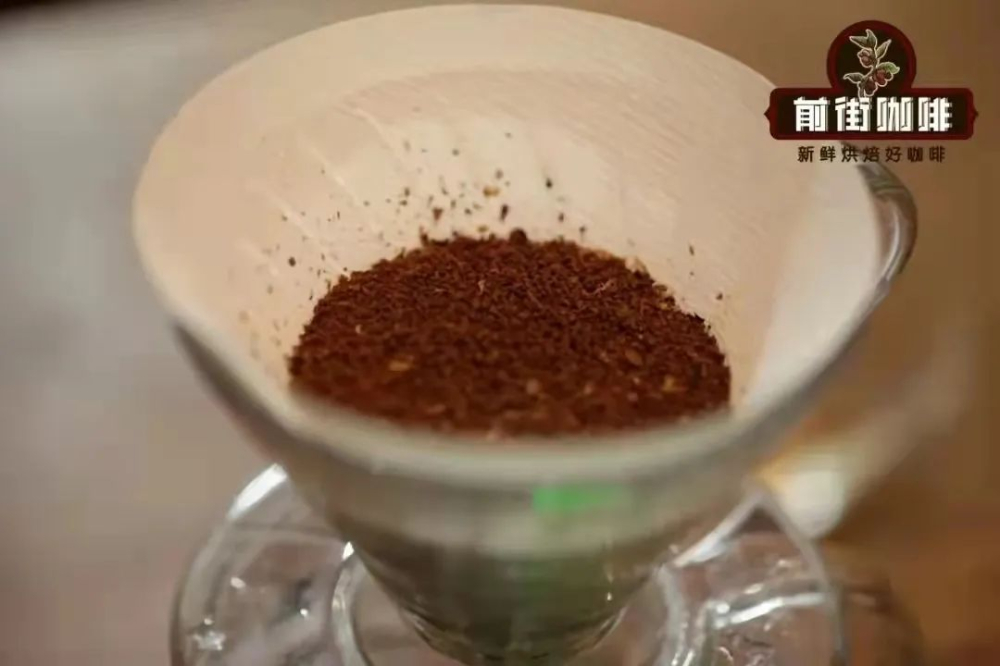
Generally speaking, there are two situations when I ask this question. The first is that when I use your degree of grinding to make coffee, there is a high probability that the water will be slow or clogged. The second is that the degree of grinding of my coffee is thicker than yours. In fact, your eyes deceive you. If you use a hand mill to grind coffee powder, there will be more or less larger particles. Compared with the coffee powder ground in front of the street, there are fewer of these large particles, and then according to their own memory will enlarge the focus of the phenomenon, will make you mistakenly think that your degree of grinding is thicker.

Unless it is after long-term training, the error of judging the fineness of coffee by the naked eye alone will be very large, and the same is true of judging by hand touch. The scale reference method uses the scale value of the bean grinder to define the thickness of coffee powder. A bean grinder with high versatility is usually used as a reference, such as the 4 scale of small Fuji, the 7 scale of EK-43, the 26 grid of C40.
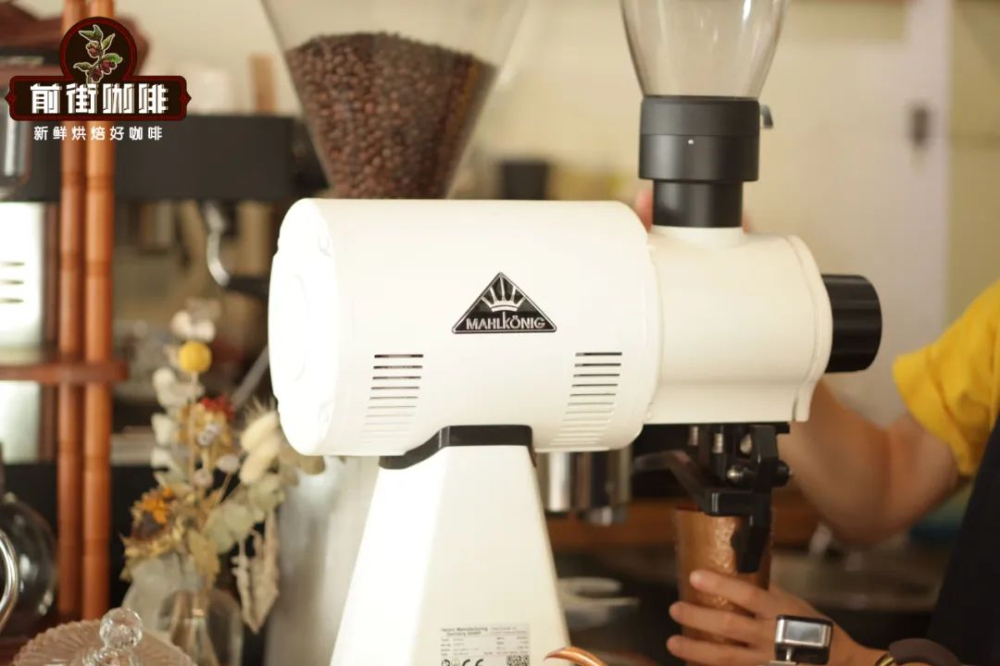
The drawback is also obvious, if you are using an unpopular bean grinder, then there is a good chance that you cannot communicate. Moreover, even if two bean grinders of the same brand and the same model, their coffee ground on the same scale is not necessarily the same. For example, Qianjie has used two new Pegasus for evaluation, one of which has a 4.5 scale equal to the grinding thickness of the other 5 scale. Screen calibration method this is the front street used to calibrate cup measurement, hand punching and other grinding thickness judgment. The front street uses a No. 20 standard screen with an aperture of 0.85mm. This screen is used to judge the thickness of coffee grinding, which is different from the sieve used to screen fine powder. The specific method of operation is to use 10 grams of coffee beans (or a multiple of 10, easy to calculate, the more the powder, the more accurate the data), choose a grinding scale, grind the coffee powder and put it into the sieve, and then shake it horizontally. until the particles no longer fall obviously (usually shake for 3-5 minutes). Then weigh the weight of the fallen powder, and then divide by the total amount of powder to get the over-screening rate. For example, if the amount of powder through the screen is 5g, then the over-screening rate is 50%. If you want to reach the standard of 80%, you need to adjust to a finer degree of grinding. re-grind to measure the over-screening rate until 80%.
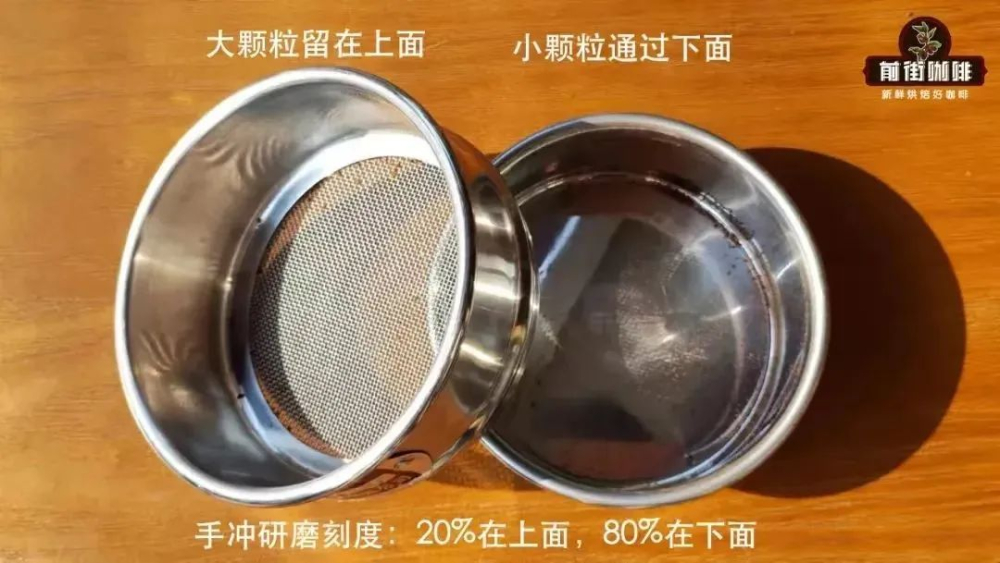
Of course, this method also has limitations, that is, the use of 0.85mm screen can only separate coffee powder larger than 0.85mm and less than 0.85mm, and we can only know the ratio of the two, but it is impossible to know how thick the thickest coffee powder is and how fine the finest coffee powder is. Therefore, some bean grinders with poor grinding quality use this method to get the grinding degree that meets the requirements of the screening rate, but the flavor of the coffee is still not ideal. Is there a more accurate way? In fact, there is, a screen can not solve, then add a few more screen. A word is involved here, which is called "powder path distribution".
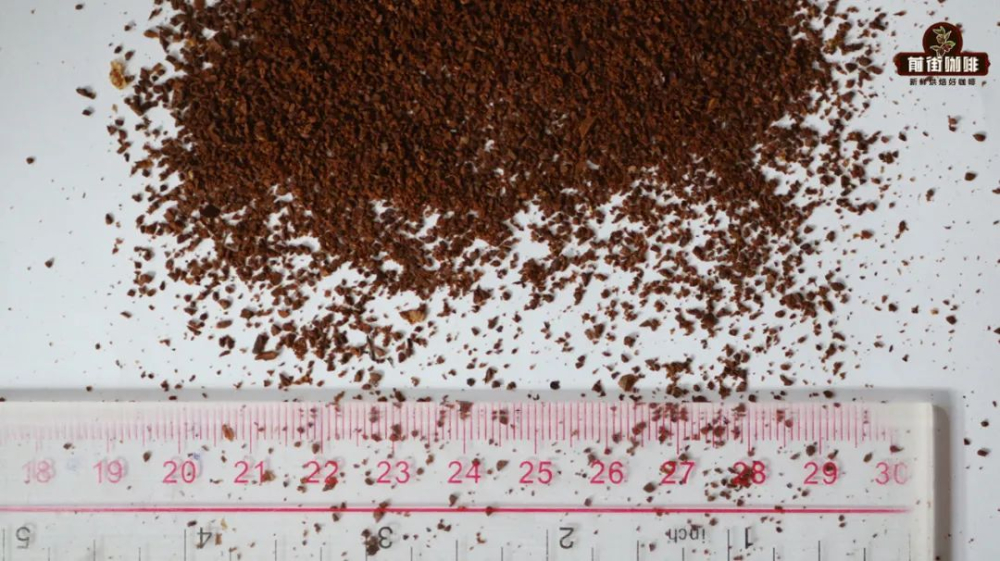
Even the best bean grinder on the market cannot grind the coffee powder exactly the same thickness, there must be some thicker and some finer. If we set a range, the coffee powder > 0.3mm is very fine, the coffee powder of 0.3-0.6mm is medium-fine, and the coffee powder of 0.6-0.85mm is medium particle.
Important Notice :
前街咖啡 FrontStreet Coffee has moved to new addredd:
FrontStreet Coffee Address: 315,Donghua East Road,GuangZhou
Tel:020 38364473
- Prev

What kind of coffee beans are suitable for an espresso machine? Characteristics of flavor and taste of Italian coffee beans
Earlier, I wrote an article on the front street, "what about making espresso with lightly roasted coffee beans?" The article (if you haven't read it, you can click on the link to preview it), that article is mainly about choosing several light-roasted coffee beans to make espresso in Qianjie and testing its feasibility. This article is to make some new comments on this article.
- Next

Espresso machine cleaning step how long is the recoil cleaning time of espresso machine?
I believe that baristas will encounter this problem. They have adjusted the extraction parameters of espresso in the morning, but by noon, the parameters are not accurate and the flow rate of coffee has obviously slowed down. On this issue, Qianjie previously gave an explanation for two situations. The first is on rainy days, when the air humidity is relatively high, in the bean barn.
Related
- Beginners will see the "Coffee pull flower" guide!
- What is the difference between ice blog purified milk and ordinary milk coffee?
- Why is the Philippines the largest producer of crops in Liberia?
- For coffee extraction, should the fine powder be retained?
- How does extracted espresso fill pressed powder? How much strength does it take to press the powder?
- How to make jasmine cold extract coffee? Is the jasmine + latte good?
- Will this little toy really make the coffee taste better? How does Lily Drip affect coffee extraction?
- Will the action of slapping the filter cup also affect coffee extraction?
- What's the difference between powder-to-water ratio and powder-to-liquid ratio?
- What is the Ethiopian local species? What does it have to do with Heirloom native species?

